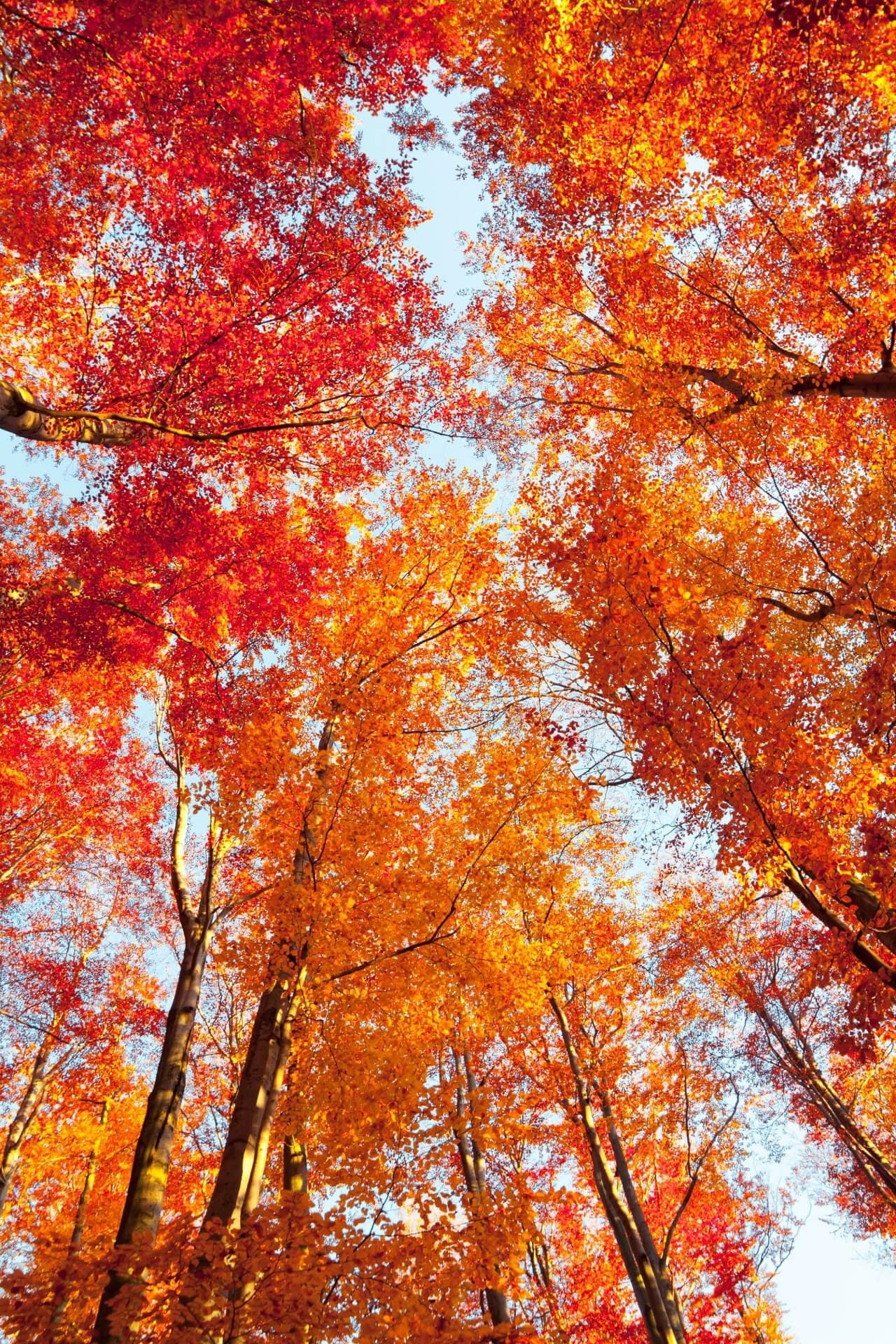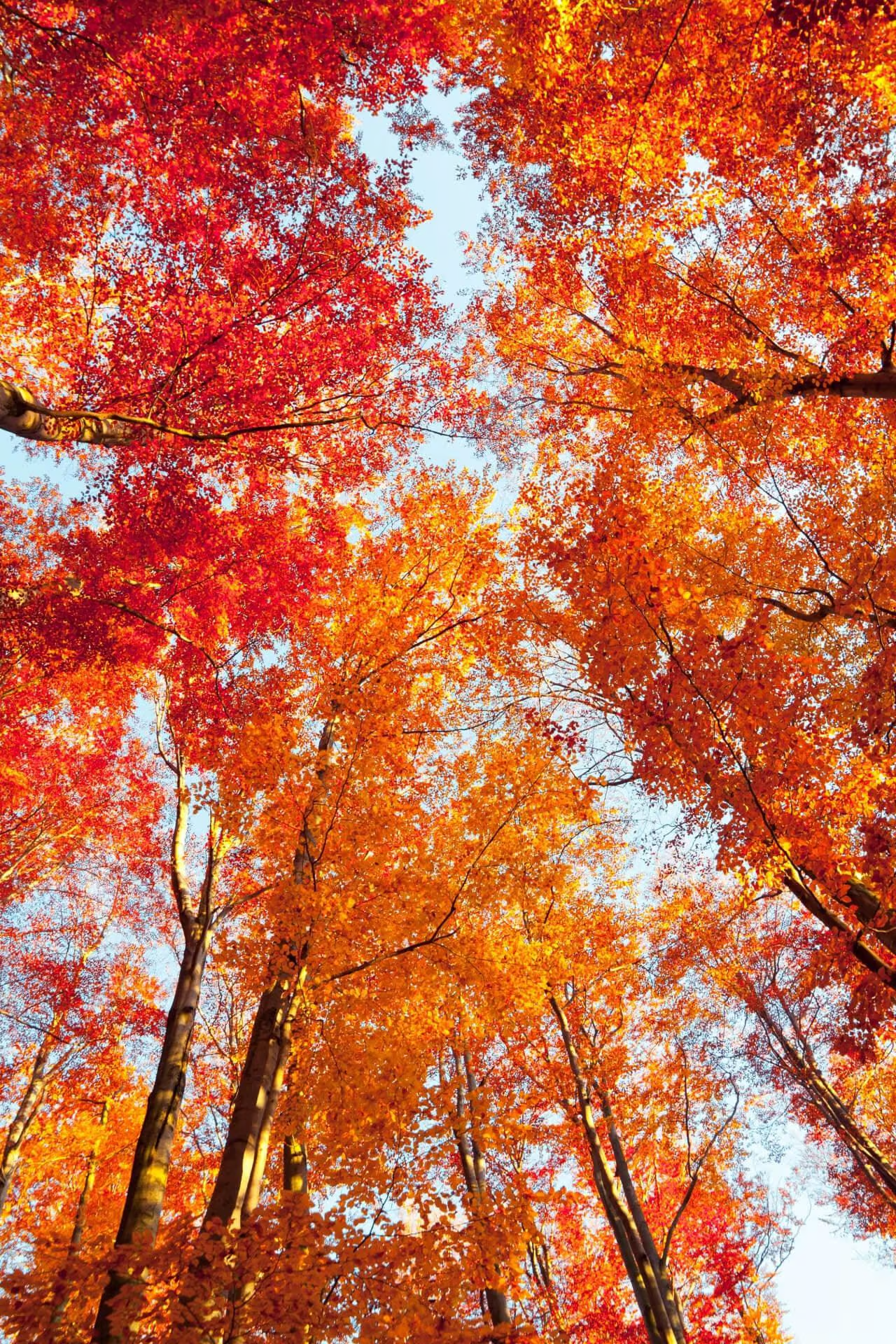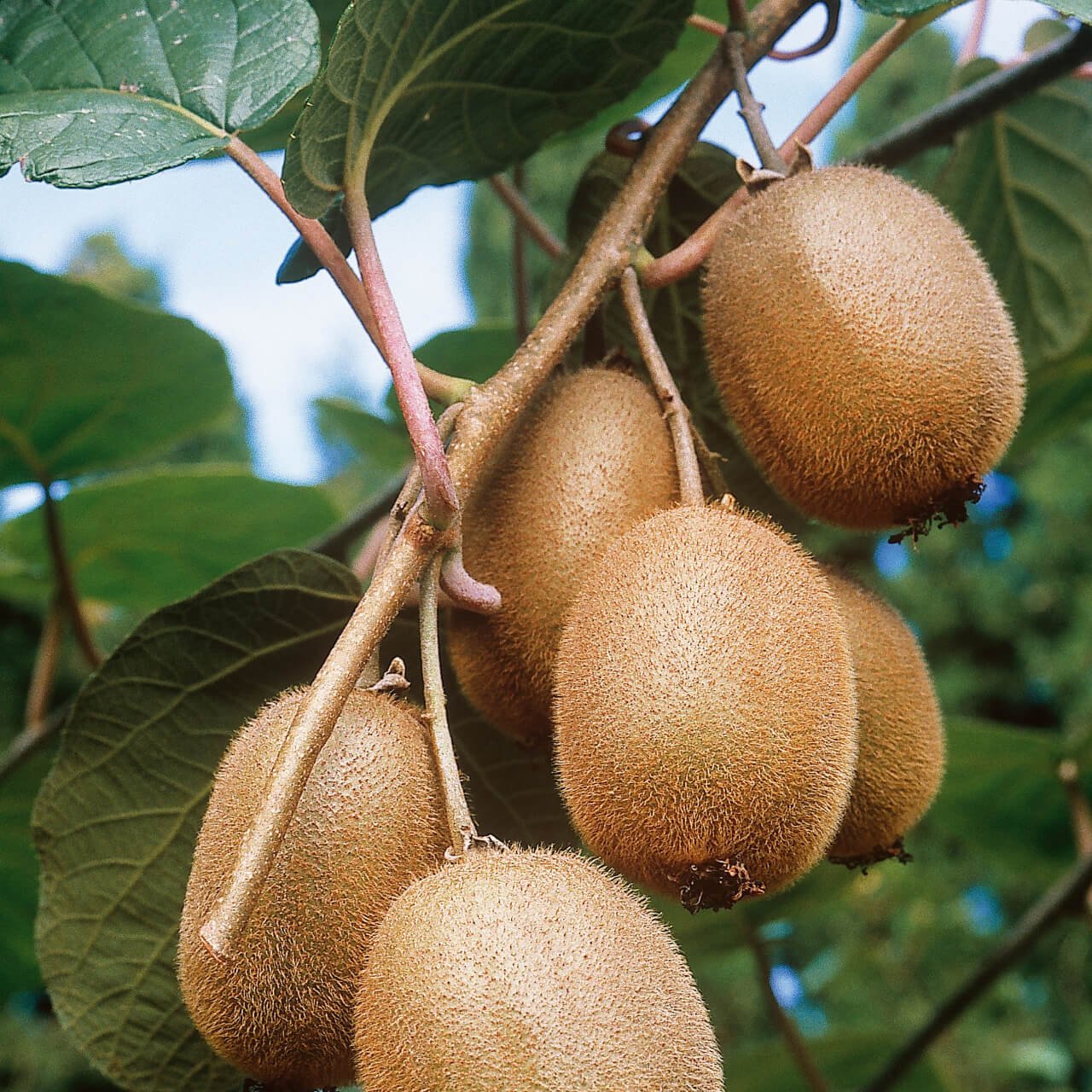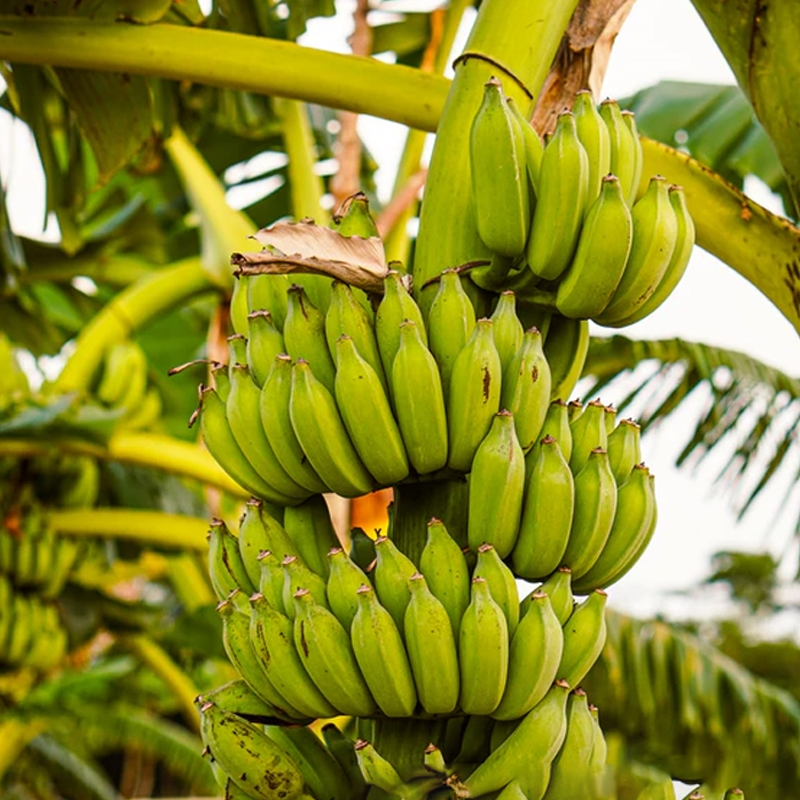




Sourwood Tree
Attracts pollinators, like bees
Low-maintenance, hardy tree
Adds elegance to landscapes
Thrives in
ZONE 5ZONE 6ZONE 7ZONE 8ZONE 9This plant ships:
Ships Week of May 12th1 Year Guarantee on all plants
Sourwood Tree - Oxydendrum arboreum
The Sourwood Tree is a small to medium-sized deciduous type native to the southeastern United States. It is notable for its long panicles of fragrant, white, urn-shaped flowers and vibrant red fall foliage.
Sourwood Tree Has Beautiful Blooms
The Leaves of Sourwood Tree Are Rich and Colorful
Attract Pollinators With This Stunning Native
Where Do They Grow The Best
What are the characteristics of them?
What Are The Benefits Of Them
What Type Of Fertilizer Is Favorable For These
This Is How Your Plants Will Look upon Delivery

Height at Maturity
Over 25 Feet
Care
Sourwood trees thrive in well-drained, acidic soil. They prefer consistent moisture, especially during dry periods. Trim in winter to preserve shape and remove dead or diseased wood. Mulch to retain moisture and protect roots. They’re generally pest-resistant.
Plant Reproduction
Sourwood Tree spreads via seeds dispersed by wind and gravity.
Plant bare root trees during the dormant season in early spring or late fall (November through April). Dig the hole twice as wide as the roots so the soil is well-drained. Position the tree so the root flare is at or just above ground level. Fill the hole back with the soil you dug from and water. Maintain soil moisture, especially in the tree's early years, by providing deep, regular watering. Apply a 2-4 inch mulch away from the trunk at the base to retain moisture and suppress weeds. Prune trees during the first few seasons to establish strength and resilience, remove damaged branches, and continue maintenance pruning as the tree matures. Regularly inspect for pests and diseases and apply integrated pest management practices. Protect young trees from mechanical damage and extreme temperatures with tree guards, and stake them if necessary for support, removing the stakes after one or two years.
Shipping date depends on the date displayed and chosen when you order from the product's page.
We only accept returns on plants verified dead. If you think your plants have died, we offer a 1 year warranty, please use this File a Claim Link to verify dead plants and start with return warranty process.







Fragrant Flowers:
The Sourwood Tree produces delightful, fragrant white blooms in summer, adding a pleasant scent to your garden.
Unique Appearance:
With its distinctive flower clusters and attractive bark, the Sourwood Tree stands out as a focal point in any landscape.
Wildlife Friendly:
The blooms attract pollinators like bees and butterflies, supporting local wildlife and enhancing your garden’s ecosystem.
Vibrant Fall Foliage:
In autumn, the tree’s leaves turn a stunning red, providing a beautiful contrast and seasonal interest.
Caring Tips
How do I care for my Sourwood Tree?
Each box contains detailed care instructions and information about your product. But here's the basics.
Care Tips
Sourwood trees thrive in well-drained, acidic soil. They prefer consistent moisture, especially during dry periods. Trim in winter to preserve shape and remove dead or diseased wood. Mulch to retain moisture and protect roots. They’re generally pest-resistant.
Light Requirements
Sourwood trees thrive in full sun to partial shade. They prefer a location with at least 4-6 hours of natural sunlight daily but can handle some shade, especially in hotter climates. Well-drained, acidic soils enhance their growth.
Hardy Planting Zones
5 • 6 • 7 • 8 • 9
Header
Use this content to share information about your store and products.
Frequently Asked Questions
How often should I water my plants?
How do I know if my plant is getting too much or too little sunlight?
What should I do to prepare my plants for winter?
What are the signs that my plant needs fertilizing?
How can I prevent pests from damaging my plants?
How do I choose the right plant for my climate zone?






